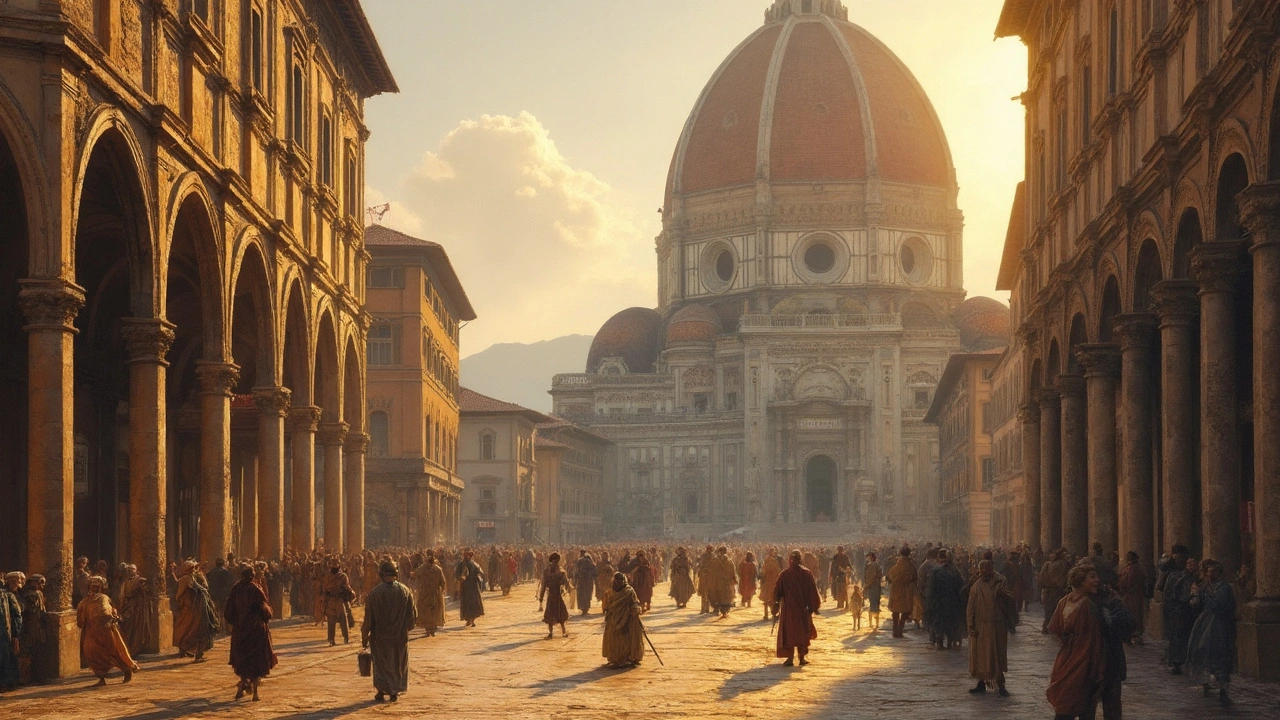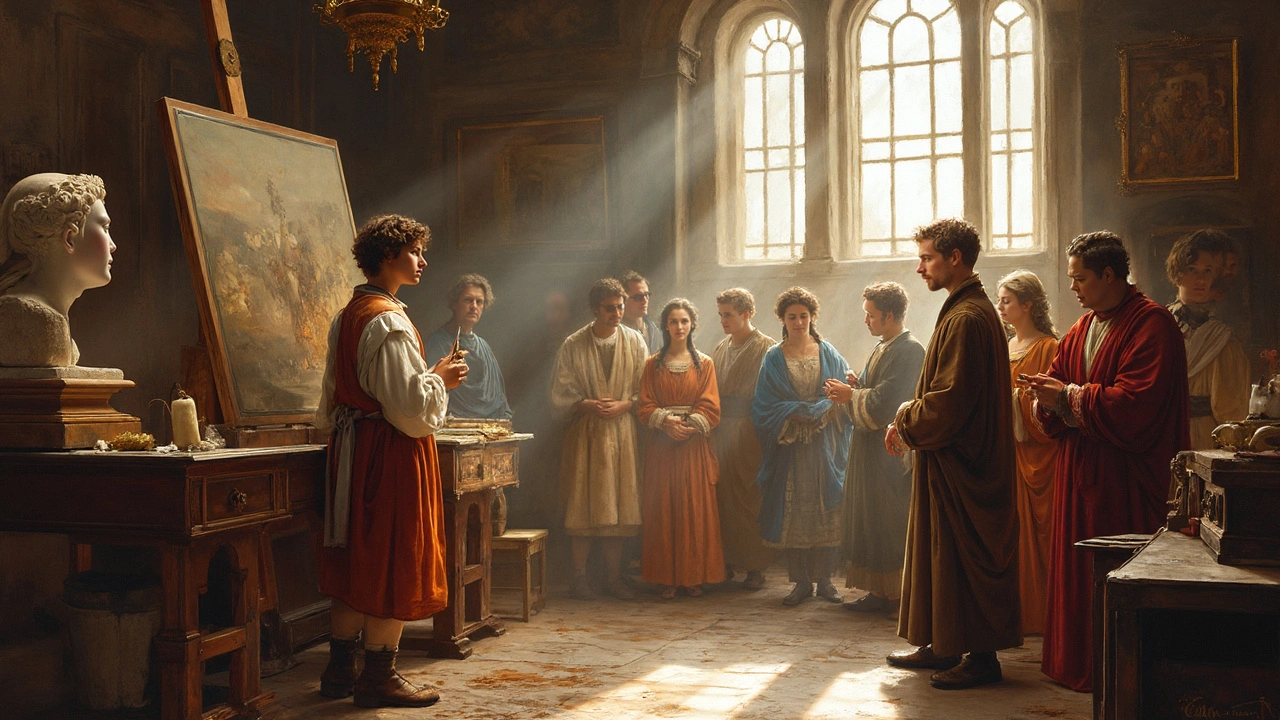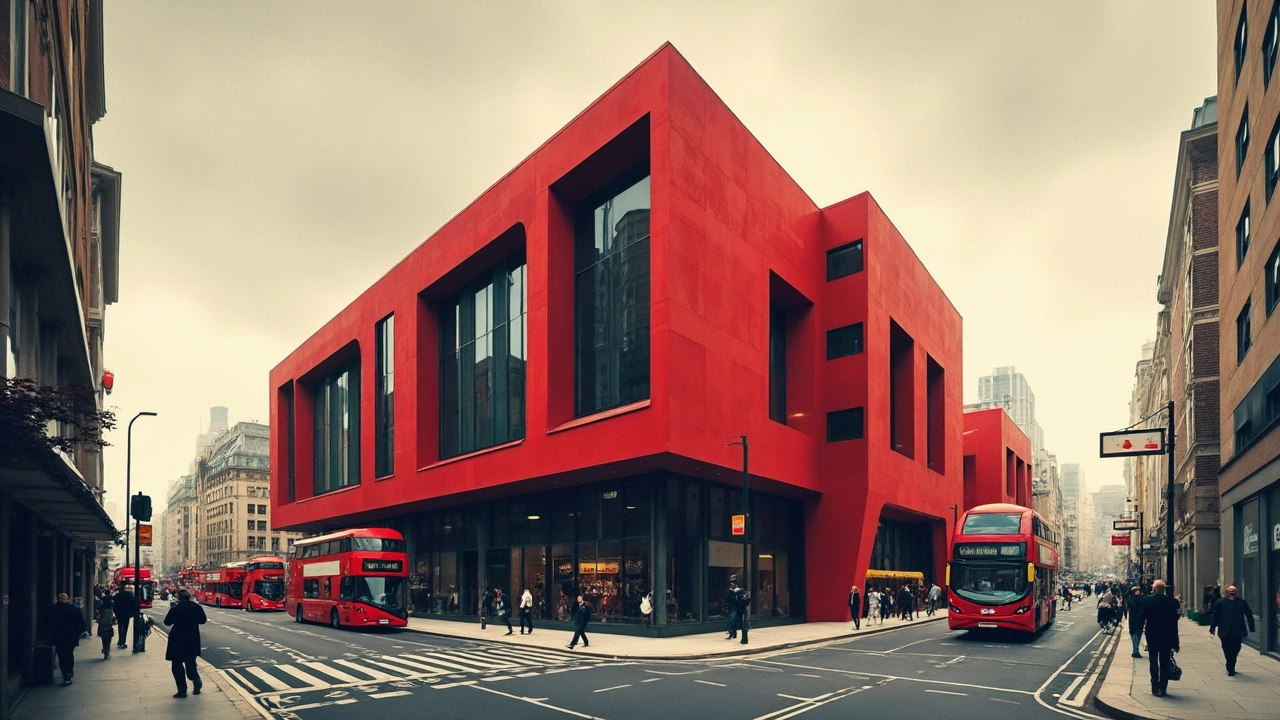Discover what makes Georgian architecture unforgettable—symmetry, sash windows, iconic brickwork, and refined detailing that shaped history from London to Boston.
Architectural Artistry Chambers
Discover how Baroque architecture captures drama, movement, and opulence. Explore its origins, key features, and influence across history and today.
Discover the Renaissance—a time of genius, beauty, and innovation. From Florence to Leonardo, get the basics on art, ideas, and drama that changed Europe forever.
Explore the exciting movement of neo-futurism in art and architecture, its unique vision, iconic examples, and how you can spot and harness future-forward creativity in daily life.
Explore why ancient Roman architecture still matters today, uncover its clever innovations and the timeless ways it shapes our world.
Explore the fascinating world of Renaissance architecture, from the domes of Florence to the columns of Rome. Discover artists, design secrets, and why this era still shapes our cities.
Explore why Beaux-Arts architecture refuses to fade away, from its bold style to its surprising modern influences. This article breaks down what makes Beaux-Arts stand out, offers tips to spot it in your city, and reveals how its design ideas are still shaping buildings today. Whether you're a curious city-walker, a design lover, or just want to spruce up your own space, you'll find practical info and cool facts here. Get ready to see your surroundings in a whole new light. No fluff, just what you need to know.
This article breaks down how the Renaissance flipped the script on what it meant to be an artist. It digs into why painters and sculptors went from anonymous workers to household names during this period. You'll get a look at the big shifts in thinking that let creative people stand out and take credit for their work. Find out how these changes still shape our view of art and artists today. You'll also pick up tips on spotting real Renaissance influence in modern art.
Postmodern architecture threw out the rulebook, swapping straight lines and strict forms for playful shapes and unexpected details. This article explores what makes postmodern design so different, highlights famous buildings, and shows how these bold ideas changed cities around the world. You'll get practical tips for recognizing postmodern features and find out how this style still influences today's buildings. Whether you're a design lover or just curious, this guide breaks down the postmodern movement in plain English. Get ready for a tour that might change how you see your city.
This article explores the bold world of constructivist architecture, tracing its rise in the early 20th century, the political and social reasons behind its unique look, and its lasting influence on modern design. You'll discover what sets constructivist buildings apart, plus practical tips for spotting their features in the real world. If you love dramatic facades, eye-catching structures, and stories where art meets politics, you're in for quite a ride. Get ready to look at buildings in a whole new way. It’s a fresh angle on architecture that still feels ahead of its time.









